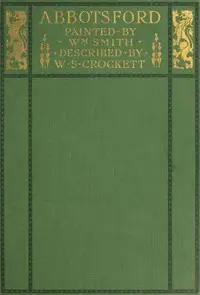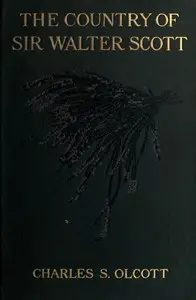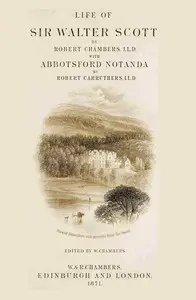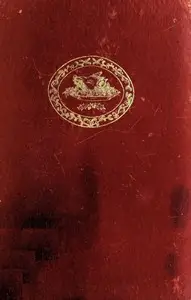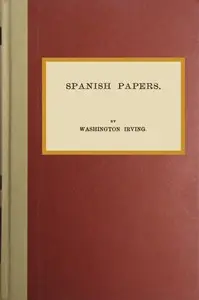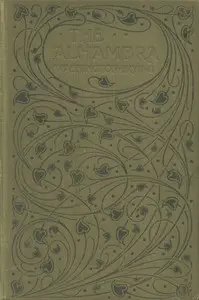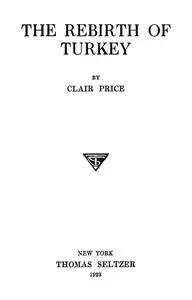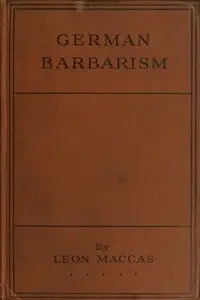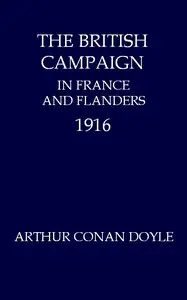"Abbotsford and Newstead Abbey" by Washington Irving is a travel story that unfolds in the early 1800s. It tells of the author's visit to Abbotsford, the home of the well-known Scottish writer, Sir Walter Scott, giving deep insights into the area, its background, and Scott himself. The book kicks off by painting a picture of Irving's arrival and his excitement about meeting Scott at Abbotsford. He clearly presents the cottage, still being built, along with Scott’s friendly attitude, who invites Irving to breakfast and to look around. As they set off for Melrose Abbey, Scott’s son comes along, adding stories and making the trip even richer with local tales. The book mixes personal moments with Scott’s family, interesting chats about history and the outdoors, and a glimpse into Scott’s personality, showing his kindness and wit, plus his strong connection to the stories and culture of Scotland.

Abbotsford and Newstead Abbey
By Washington Irving
Venture into nineteenth-century Scotland, where a famous writer's home becomes a canvas for history, family bonds, and the vibrant spirit of a nation's heritage.
Summary
About the AuthorWashington Irving was an American short-story writer, essayist, biographer, historian, and diplomat of the early 19th century. He wrote the short stories "Rip Van Winkle" (1819) and "The Legend of Sleepy Hollow" (1820), both of which appear in his collection The Sketch Book of Geoffrey Crayon, Gent. His historical works include biographies of Oliver Goldsmith, Muhammad, and George Washington, as well as several histories of 15th-century Spain that deal with subjects such as the Alhambra, Christopher Columbus, and the Moors. Irving served as American ambassador to Spain in the 1840s.
Washington Irving was an American short-story writer, essayist, biographer, historian, and diplomat of the early 19th century. He wrote the short stories "Rip Van Winkle" (1819) and "The Legend of Sleepy Hollow" (1820), both of which appear in his collection The Sketch Book of Geoffrey Crayon, Gent. His historical works include biographies of Oliver Goldsmith, Muhammad, and George Washington, as well as several histories of 15th-century Spain that deal with subjects such as the Alhambra, Christopher Columbus, and the Moors. Irving served as American ambassador to Spain in the 1840s.


